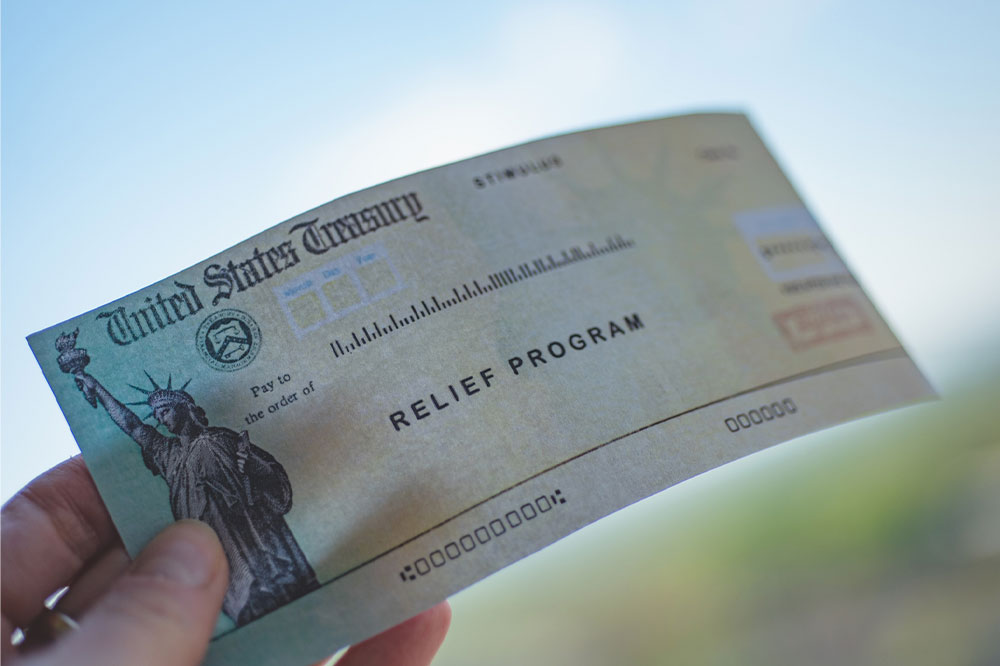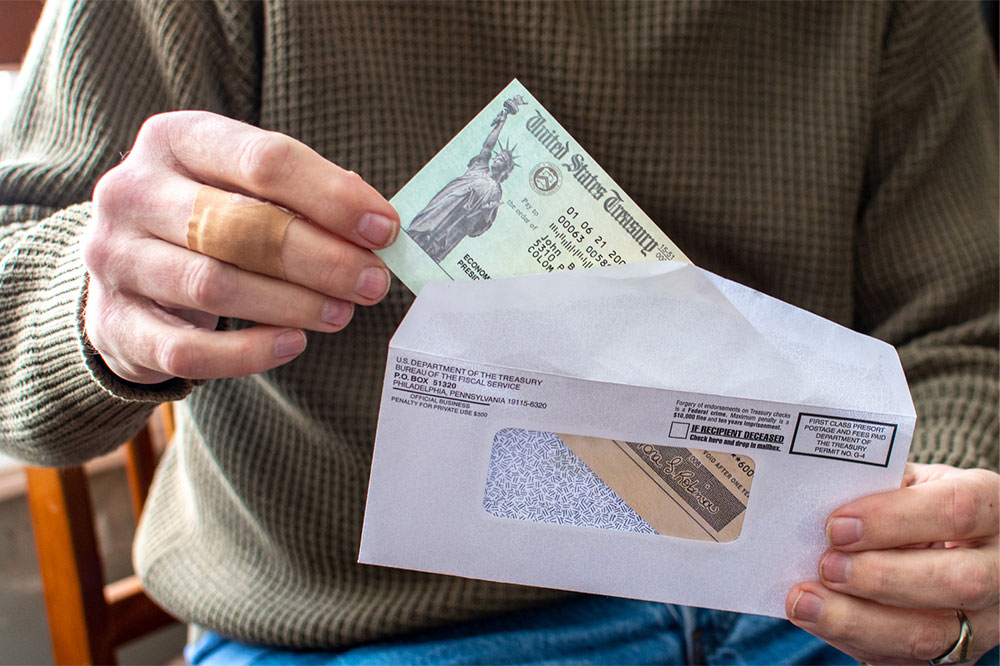Comprehensive Guide to Government Stimulus Checks and Their Economic Impact
This comprehensive article explores government stimulus checks, their purpose, how they are distributed, and their impact on the economy. It covers historical stimulus measures like those during the 2008 financial crisis and COVID-19 relief efforts, explaining eligibility criteria, distribution methods, and regional initiatives in 2022. Understanding these payments helps individuals make informed financial decisions during economic downturns or crises. Learn how government stimulus programs support households and stimulate economic activity, ensuring stability during challenging times.

Comprehensive Guide to Government Stimulus Checks and Their Economic Impact
In recent times, headlines frequently highlight concerns about the economy's stability, often describing it as "struggling" or on the brink of recession. Such reports can be unsettling, especially when financial jargon makes understanding these issues more complicated. Among the most discussed topics are government-initiated economic recovery payments, commonly known as stimulus checks or rebate distributions. For ordinary citizens, understanding these payments — including what they are, how they work, and their potential impact — is essential to navigating the financial landscape during turbulent periods.
What Are Government Stimulus Payments?
Stimulus payments are direct monetary transfers from government agencies to eligible individuals or households. These financial distributions are typically executed via bank transfers, direct deposits, or paper checks. Governments introduce stimulus checks as part of a broader strategy to invigorate economic activity during downturns, such as recessions or global crises. The primary goal is to stimulate consumer spending, bolster household financial stability, and prevent economic decline from deepening.
Recipients of stimulus payments can use these funds in various ways — paying rent or mortgage, covering daily living expenses, saving for future needs, or making investments. Injecting liquidity into households is intended to boost demand in retail sectors, support local businesses, and sustain manufacturing and service industries. These payments are often part of comprehensive fiscal measures designed to stabilize or stimulate the national economy during periods of economic uncertainty.
How Stimulus Disbursements Are Distributed
Legislative authority, primarily through Congress, determines who qualifies for stimulus payments and on what basis. Stimulus programs can be universal, providing payments to all citizens regardless of income, or targeted, focusing on specific income brackets, vulnerable populations, or those in particular employment groups like public servants. After legislation is enacted, the process of distributing funds is handled by agencies such as the Internal Revenue Service (IRS), which issues payments through direct deposit or mailed checks. In most cases, these payments are not taxable income and vary according to filing status and family composition. For example, married couples often receive a combined amount that is double that allocated to single filers.
Eligibility criteria for stimulus payments can evolve depending on the prevailing economic conditions. Generally, working taxpayers are eligible, including individuals receiving social security benefits, provided their payments are processed according to existing regulations. It’s important to note that stimulus checks are separate from Social Security or Supplemental Security Income (SSI) benefits, although beneficiaries can receive both concurrently. These payments serve as supplemental financial aid targeted at encouraging fiscal activity during economic shocks.
Historical Overview of Major Stimulus Initiatives
Examining past government efforts provides valuable insight into the current framework and future possibilities of stimulus programs:
2008 Financial Crisis Response
During the 2008 global financial crisis, the government launched a substantial stimulus effort, distributing roughly $120 billion to citizens nationwide. Eligibility was set for individuals earning at least $3,000 annually from combined income sources. The typical individual received up to $600, with joint filers eligible for up to $1,200. Additionally, families with dependents benefited from an extra $300 per child, recognizing the financial pressures faced by families during economic downturns.
COVID-19 Pandemic Relief Initiatives in 2020
In response to the unprecedented COVID-19 pandemic and resulting shutdowns, the federal government enacted the Coronavirus Aid, Relief, and Economic Security (CARES) Act in March 2020. This legislation authorized stimulus checks of up to $1,400 for qualifying individuals and $500 for each dependent child, with eligibility based on income thresholds designed to prioritize low- and middle-income families. Later, in December 2020, another round delivered $600 per individual plus additional funds per dependent, aiming to provide immediate relief during ongoing pandemic challenges.
Stimulus Packages in 2021
In a significant legislative effort, the American Rescue Plan Act (ARPA) of March 2021 appropriated approximately $1.9 trillion to support economic recovery. This package delivered stimulus checks of $1,400 for eligible adults and dependents, with income caps to ensure benefits reached those most in need. Individuals earning more than $75,000 annually and couples earning over $150,000 were generally excluded from receiving the full benefits, in an effort to direct aid toward lower-income households. The ARPA also extended other relief measures, including enhanced unemployment benefits and aid to small businesses, reinforcing the comprehensive approach to economic stabilization.
Stimulus Efforts in 2022 and Beyond
As the pandemic’s immediate health crisis began to subside, inflation became a prominent concern, prompting some states to consider issuing their own stimulus payments. These regional programs aim to cushion residents from rising costs in essentials such as fuel, groceries, and housing. Several states announced plans to distribute direct assistance to taxpayers in 2022, following a trend of localized economic relief measures. To find out if your state participated and to understand specific eligibility criteria, it’s advisable to check with local government sources and official websites.
In conclusion, government stimulus checks are an essential tool used to manage economic stability during times of crisis. They serve to support individuals, stimulate business activity, and help maintain national economic health. Whether introduced during financial crises, pandemics, or inflationary periods, these payments aim to foster resilience and economic recovery across communities. Staying informed about upcoming stimulus programs and understanding their mechanisms can empower citizens to utilize these funds effectively for their financial well-being.





